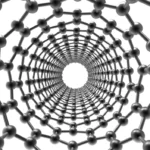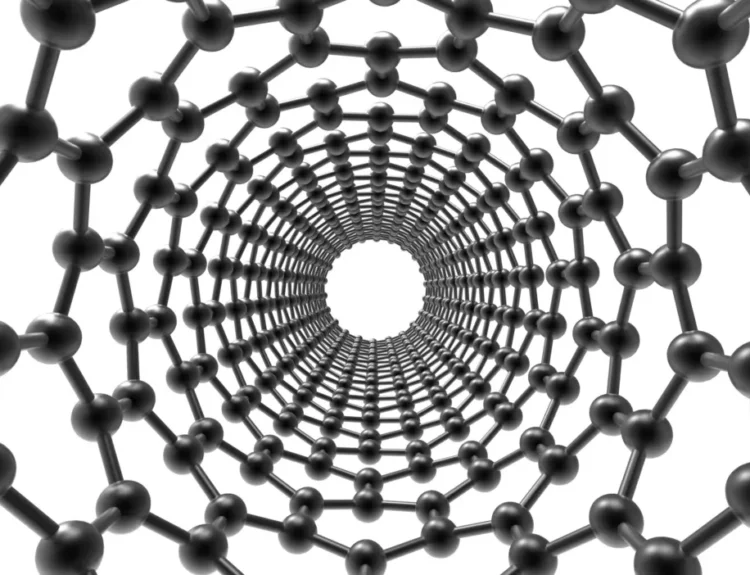Introduction
Silver is a versatile and valuable metal famous due to its commendable electrical conductivity, thermal conductivity, and antimicrobial properties. It’s used in many industries, from electronics to healthcare. Recently, a new form of silver has gained attention: silver nanopowder. But how does it compare to bulk silver? Let’s explore the differences and similarities in simple terms.
What is Silver Nanopowder?
Silver nanopowder consists of tiny silver particles, each less than 100 nanometers in size. A nanometer is one-billionth of a meter, which gives you an idea of how small that is. These tiny particles have unique properties due to their size, which makes them different from larger, bulk silver pieces.
Properties of Silver Nanopowder vs. Bulk Silver
Surface Area
Silver Nanopowder: Because the particles are so small, they have a much larger surface area than their volume. This increased surface area enhances their reactivity and effectiveness in various applications.
Bulk Silver: Bulk silver has a smaller surface area relative to its volume, making it less reactive than silver nanopowder.
Electrical Conductivity
Silver Nanopowder: It has excellent electrical conductivity, often better than bulk silver, due to the high surface area and the ability to form conductive networks quickly.
Bulk Silver: Bulk silver is also a great conductor but may not perform as well as nanopowder in specific applications, especially in flexible electronics.
Antimicrobial Properties
Silver Nanopowder: The tiny particles can easily interact with microbial cells, making them highly effective antimicrobial agents. They are used in wound dressings, coatings, and textiles to prevent infections.
Bulk Silver: While still antimicrobial, bulk silver is less effective than nanopowder due to its lower surface area and reduced ability to penetrate microbial cells.
Cost and Availability
Silver Nanopowder: It can be more expensive due to the complex manufacturing processes required. However, its unique properties often justify the cost of high-tech applications.
Bulk Silver: Generally more affordable and widely available, making it suitable for applications where the unique properties of nanopowder are not required.
Applications
Electronics
Silver Nanopowder: Used in conductive inks for printed electronics, RFID tags, and flexible circuits. Its high conductivity and small particle size make it ideal for these applications.
Bulk Silver: Commonly used in traditional electrical contacts, connectors, and wires. It’s reliable and cost-effective for standard electronic components.
Medical and Healthcare
Silver Nanopowder: Incorporated into wound dressings, creams, and coatings for medical devices due to its potent antimicrobial properties. It helps prevent infections and promotes healing.
Bulk Silver: Used in some medical devices and instruments, but its larger size limits its effectiveness compared to nanopowder.
Catalysis
Silver Nanopowder: Acts as a catalyst in chemical reactions, such as fuel cells and environmental cleanup processes. Its high surface area makes it more efficient.
Bulk Silver is less commonly used as a catalyst due to its lower reactivity than nanopowder.
Conclusion
Silver nanopowder and bulk silver each have their unique strengths and applications. Silver nanopowder excels in areas requiring high reactivity, antimicrobial effectiveness, and electrical conductivity in tiny, flexible forms. Conversely, bulk silver is more cost-effective and suitable for traditional uses where such high performance is not necessary. Understanding these differences helps choose the right type of silver for specific applications, balancing performance and cost.
To purchase Silver Nanopowder, please click on the following link.







